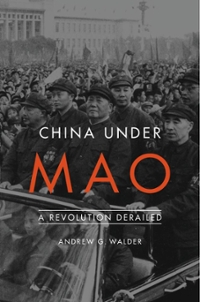4. (5pts) Suppose everyone gets paid $600 if they have a job. If an unemployed person doesn't look for a job they don't get a job but they get a payoff worth $100 from leisure. If people look for a job they get a job with probability 0.5. If they do not look for a job they will not get a job. We will begin by supposing people are risk-neutral. a. What is the expected value of looking for a job (gross, don't include the cost of looking)? [1pt] b. The government provides unemployment insurance of $600 if a person looks for a job but doesn't find one. However, the government cannot observe whether people are looking for work or not. What would be the effect of this policy on unemployment and why? [1pt] c. What is the name of this kind of problem? [1pt] d. What is the maximum level of unemployment insurance, UI, such that people will be willing to look for a job? [Hint: Calculate the expected value of looking for a job given they will get unemployment insurance is they don't find one, and note that it must be greater than or equal to the expected value of not looking for a job - if indifferent assume they will look for a job] [1pt] UI= e. Suppose the government now monitors people, and detects if they didn't look for a job with probability =. If the person doesn't find a job and is caught not looking for a job then they do not get their unemployment insurance. What is the maximum level on unemployment insurance at which people will be willing to look for a job? [1pt] 5. (9pts) This question is on health insurance. There are two types of customers: low- risk and high-risk. Half the population is high-risk and half the population is low-risk. Each person has wealth 400. The low-risk people get sick with probability 0.1 and the high-risk people get sick with probability 0.5. If they get sick their medical bill is 300. So without insurance they have wealth M=100 if they are sick, and M=400 otherwise. Their utility from wealth M is U(M) = VM. People know if they are high- risk or low-risk. a. What is the expected value of the wealth of the low-risk and high-risk people? (2pt) i. Low-risk: E[V]= ii. High-risk: E[V]= b. How much would fair-insurance cost for each type (if their type was known)? (2pt) i. Price of fair insurance for low-risk: PL = ii. Price of fair insurance for high-risk: PH= c. What is the expected utility of the low-risk and high-risk people without insurance? (2pt) i. Low-Risk: E[U]= ii. High-Risk: E[V]= d. Are these people risk-averse, risk-loving, or risk-neutral? (1pt) e. Which types would be willing to buy insurance at price pz? (1pt) f. Which types would be willing to buy insurance at price PH? (1pt)







